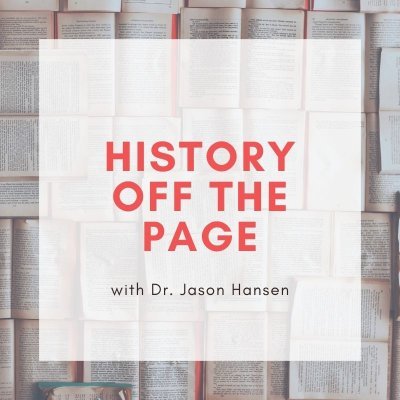This is a placeholder for your sticky navigation bar. It should not be visible.
In our last two episodes we looked at how waves of political violence swept over post-World War I Europe. But not all revolutions are political. In this episode, we investigate revolutions in art, architecture, film and music that took place in the immediate aftermath of the First World War – movements that dramatically altered the European cultural landscape. Topics covered include: Josephine Baker (4:49), Dada (17:00), Surrealism and Dali (27:22), Marc Chagall (32:04), Writing and James Joyce (35:36), Architecture and Erich Mendelsohn (45:22), Walter Gropius and Bauhaus (54:00), Film and the Cabinet of Dr. Caligari (100:16), Der Blaue Engel (108:33) and Jazz (112:17).
Image:
“When Paris Sizzled vividly portrays the City of Light during the fabulous 1920s, les Années folles, when Parisians emerged from the horrors of war to find that a new world greeted them—one that reverberated with the hard metallic clang of the assembly line, the roar of automobiles, and the beat of jazz. Mary McAuliffe traces a decade that saw seismic change on almost every front, from art and architecture to music, literature, fashion, entertainment, transportation, and, most notably, behavior” (Amazon)
Joyce’s “astonishing masterpiece, Ulysses, tells of the diverse events which befall Leopold Bloom and Stephen Dedalus in Dublin on 16 June 1904, during which Blooms voluptuous wife, Molly, commits adultery. Initially deemed obscene in England and the USA, this richly-allusive novel, revolutionary in its Modernistic experimentalism, was hailed as a work of genius by W. B. Yeats, T. S. Eliot and Ernest Hemingway. Scandalously frank, wittily erudite, mercurially eloquent, resourcefully comic and generously humane, Ulysses offers the reader a life-changing experience.” (Amazon)


